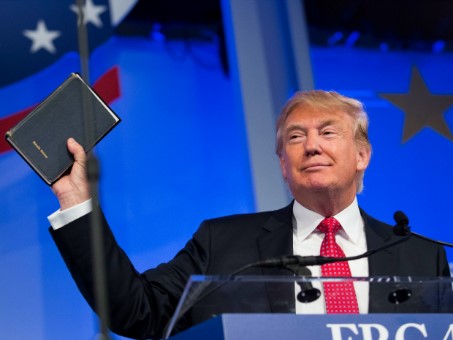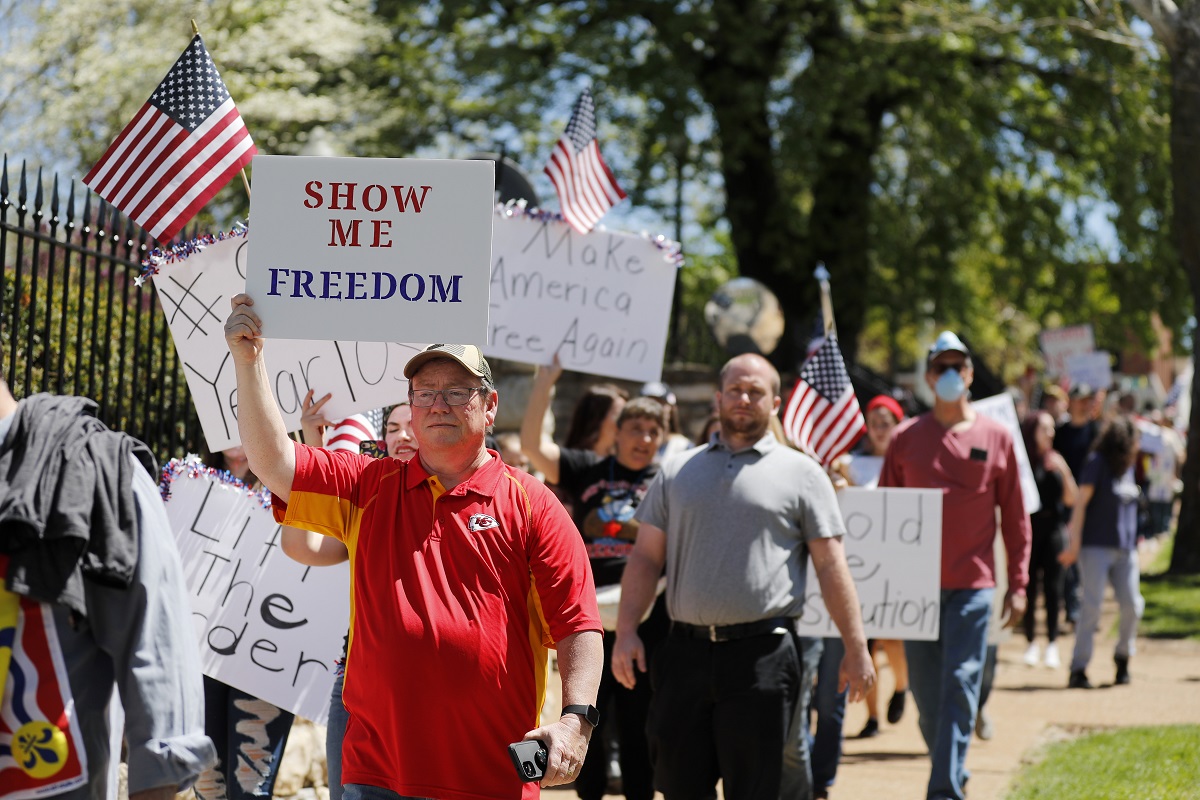COVID-19 Protesters Leave Body Bags At Foot Of Trump's D.C. Hotel
I HAVE BEEN WAITING FOR THIS
David Moye April 24, 2020
Protesters in Washington, D.C., showed their disapproval of how President Donald Trump is handling the coronavirus in very graphic terms Thursday evening.
The demonstrators laid out fake body bags in front of the Trump International Hotel to represent the now more than 50,000 Americans who have died from COVID-19

Protesters stop at the Trump International Hotel to deliver fake body bags in Washington, D.C., on April 23, 2020. (Photo: ANDREW CABALLERO-REYNOLDS/AFP via Getty Images)
Dozens of cars rolled up to the hotel, including a truck carrying a giant inflatable Trump chicken, and dropped off the body bags ― really garbage bags stuffed with newspaper.
Jennifer Flynn Walker of the Center for Popular Democracy Action told DCist.com that the protest was intended as an antidote to demonstrations elsewhere that ignored social distancing orders and urged Americans to go back to work.
“We needed to do something to show that most of the country believes in science, thinks that Trump is failing,” Flynn Walker said. “We really do see that tens of thousands of people dying from COVID is a direct result of his failure as a leader.”
HuffPost reached out to the hotel for comment, but there was no immediate response.
MSNBC’s Rachel Maddow said Thursday night that the protest put in stark terms the loss of life that has occurred because of how Trump has handled the pandemic.
“I don’t know if the president knows [the body count number],” Maddow said in the second video above. “And so the people who are mad at the president about this response, people have started to pile up body bags in front of his hotel, because maybe that at least might capture his attention. Maybe that will let him know that the real body count is apparently beyond his ken, beyond what he understands it to be.”































